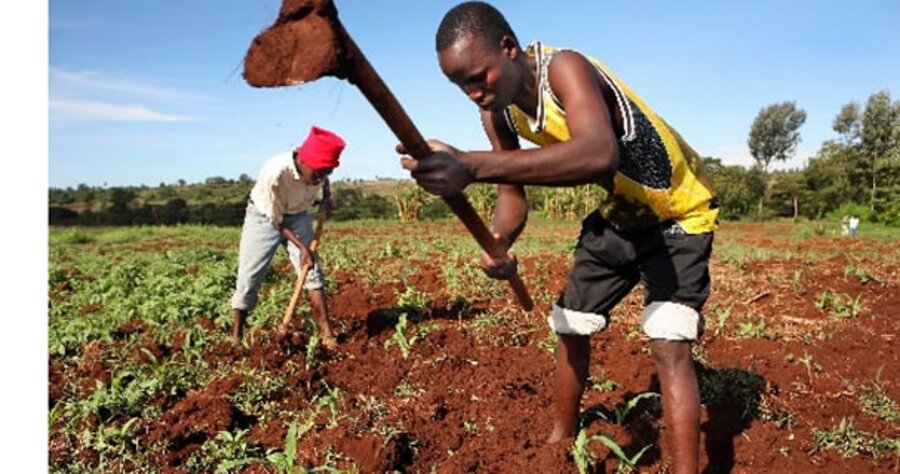A nod to the humble hoe
Loading...
Is there a gardener anywhere who does not use a hoe?
Probably not, as it is one of the most basic and versatile tools of the trade. It’s found all over the world, and yet, it is often these most mundane objects that have the most fascinating stories.
The modern word for this implement probably evolved from the Middle English word howe, which was defined in a gardener’s almanac of the time as a flat-bladed implement on a long handle for the purpose of cultivating, weeding, or loosening soil, a simple description that is still unchanged in today’s modern dictionary.
But it was already an ancient tool by that time.
One of the earliest known hoes in existence currently resides in a museum in England. The handle rotted away long ago but the obsidian blade, still intact, was made by the Romans more than 2,000 years ago.
But further evidence suggests that by the time the Romans were tilling their fields, it was already a very old invention.
Cave paintings in China dating back more than 7,000 years show people turning the soil with either a curved stick or perhaps a deer antler, and sometimes an animal’s shoulder blade, which very well may have served as one of the first hoes.
Stone blades have been found in Mesopotamia dating to 5000 BC. They were attached to handles with bitumen, a naturally occurring binding agent similar to tar.
In the 1970s, an iron hoe that was discovered in Zambia in southern Africa, was carbon dated to about 1200 BC.
In China’s Shanghai Museum there are three ceramic figurines from the seventh century Tang dynasty holding what looks like today’s modern hoe.
Hoes have progressed right along with man from early stone, to copper, to bronze, iron, and finally steel, gradually evolving into numerous other gardening devices such as the pick, adze, and plow.
They were so important to the founding of America that the old Farmers’ Almanacs from revolutionary times list several different rewards for the return of stolen hoes.
The hoe has been around since earliest man because it is directly linked to our very existence. It is the tool that prepares the ground to receive the seed that becomes the food that feeds mankind, and this simple hand-held tool is a direct link to some of our earliest ancestors.
Like so many things, it is one of those seemingly insignificant items that we often overlook, even while using it, but that has a daily impact on our lives.





